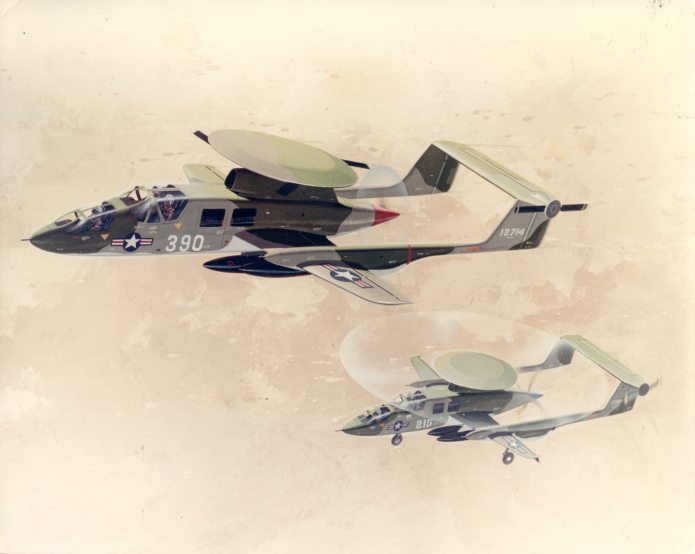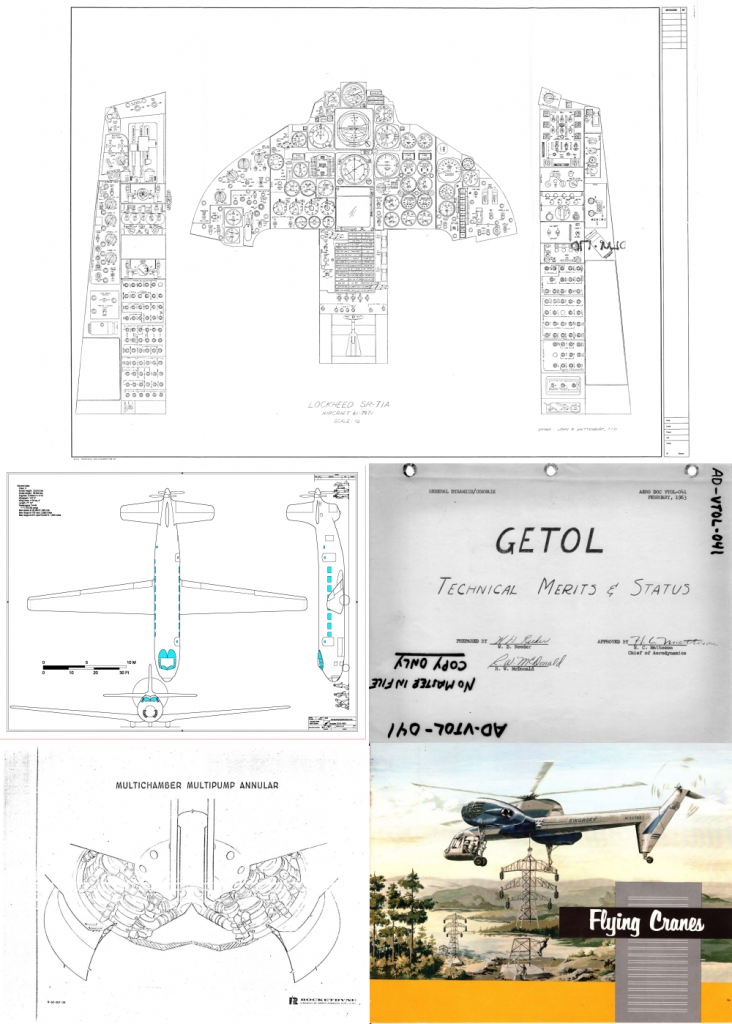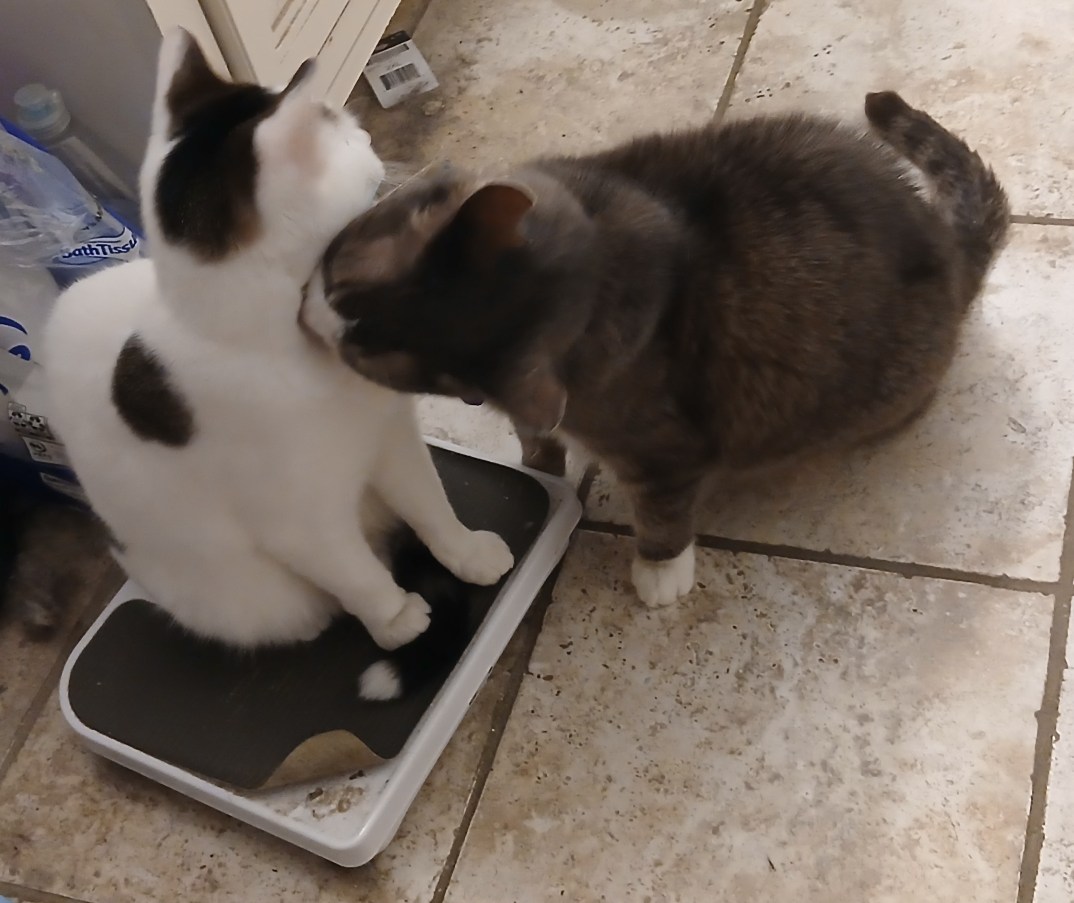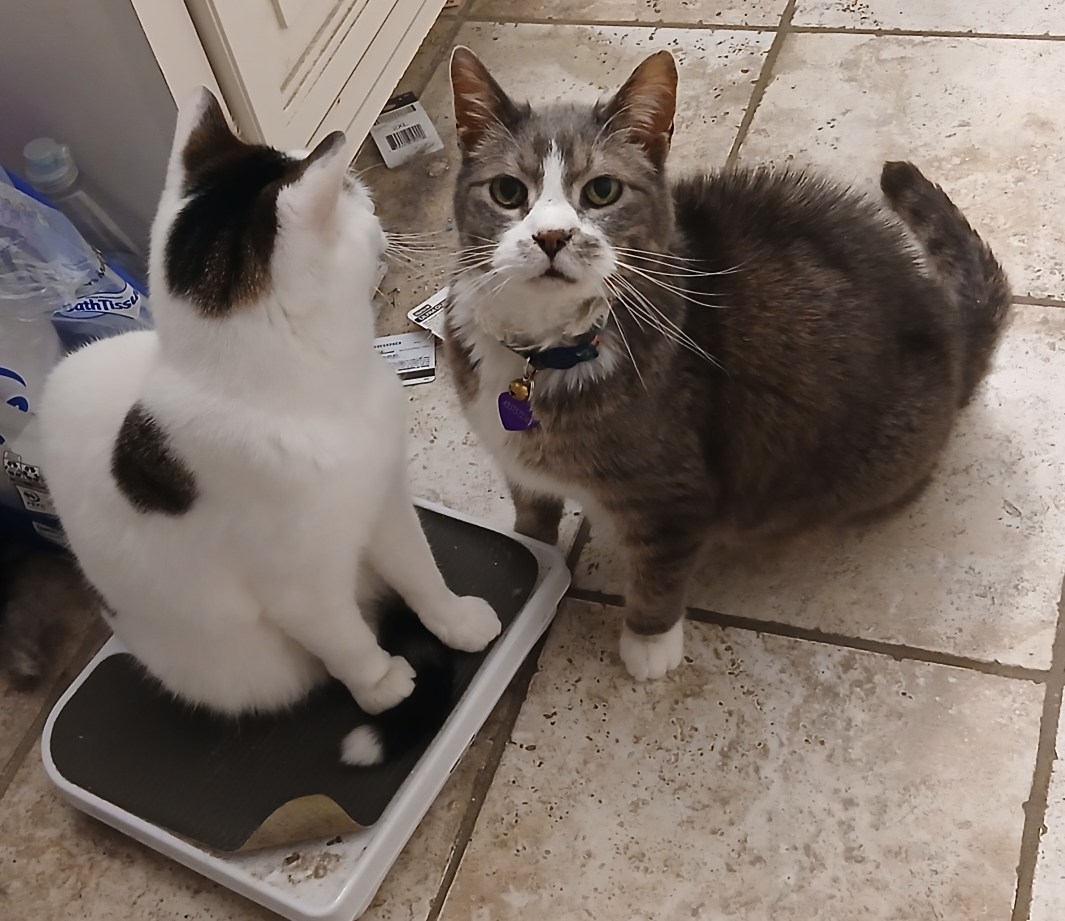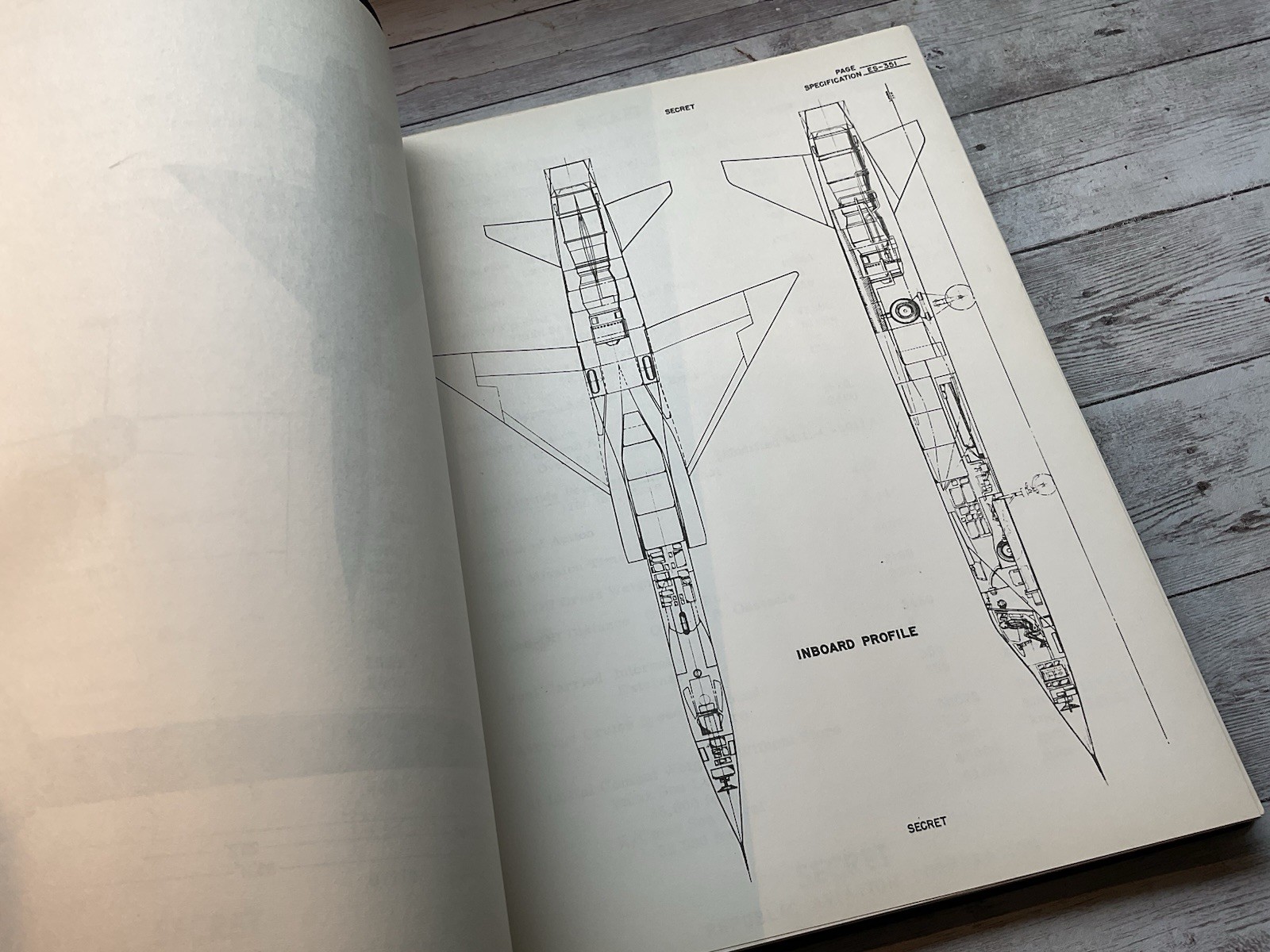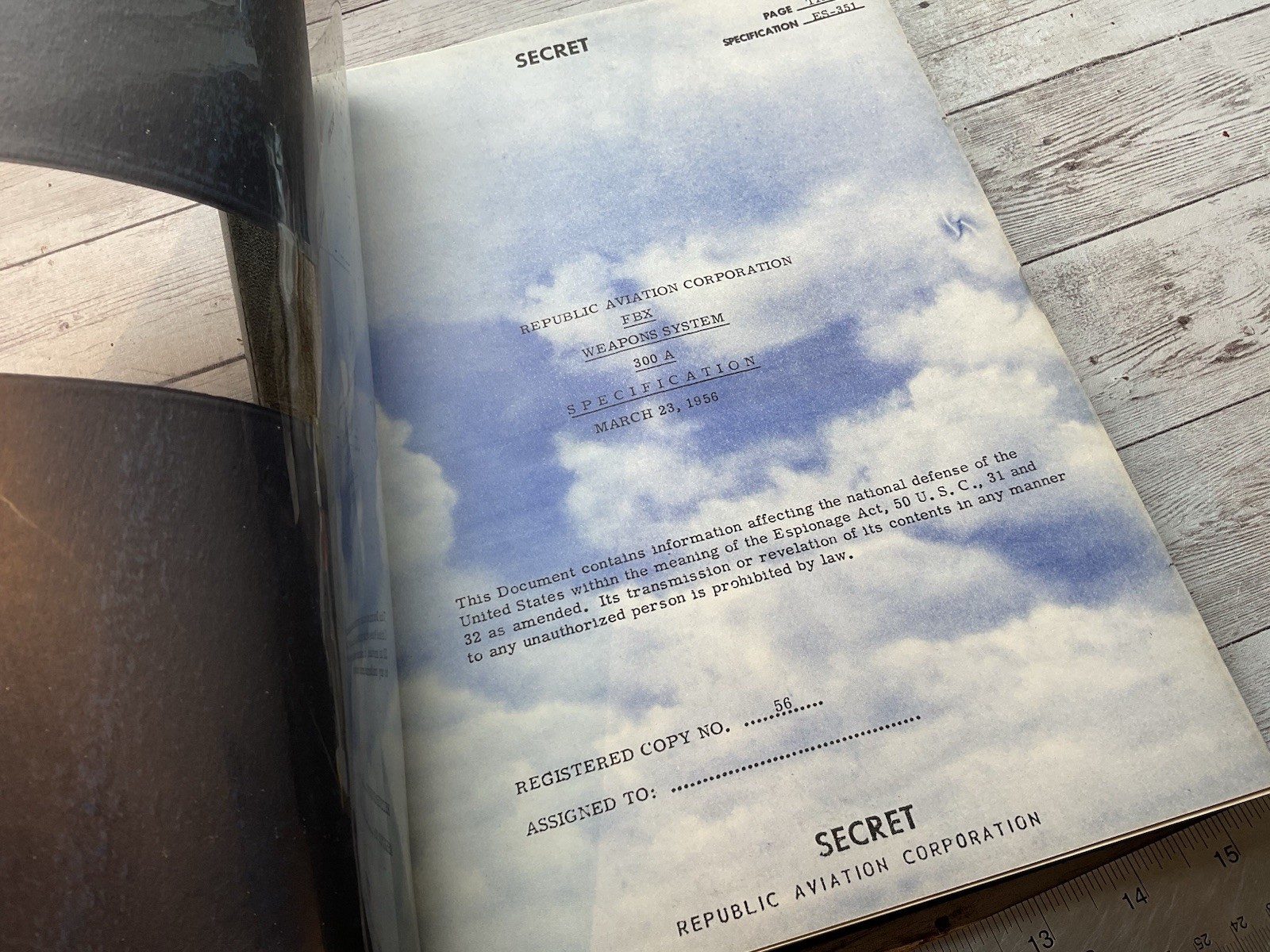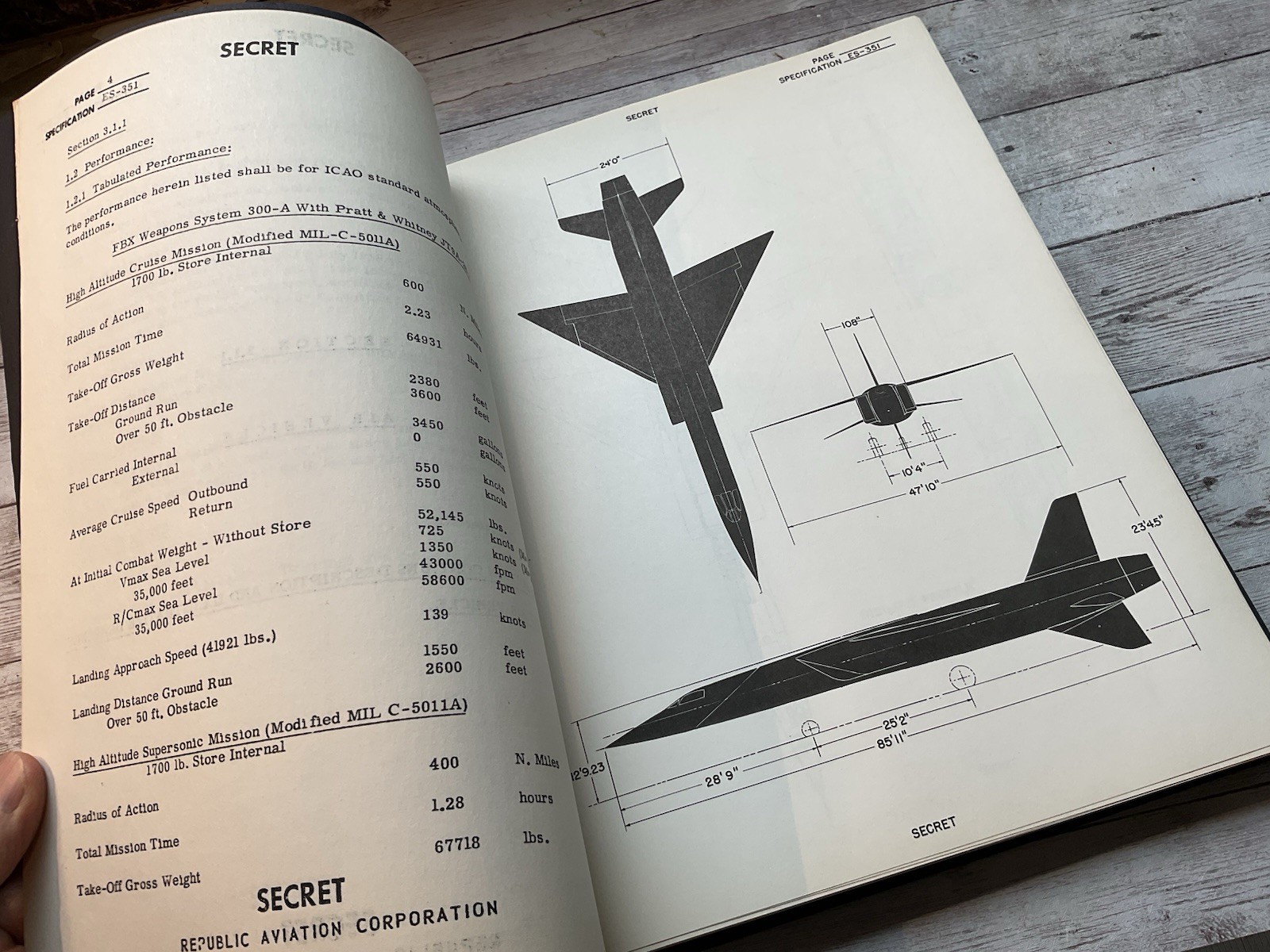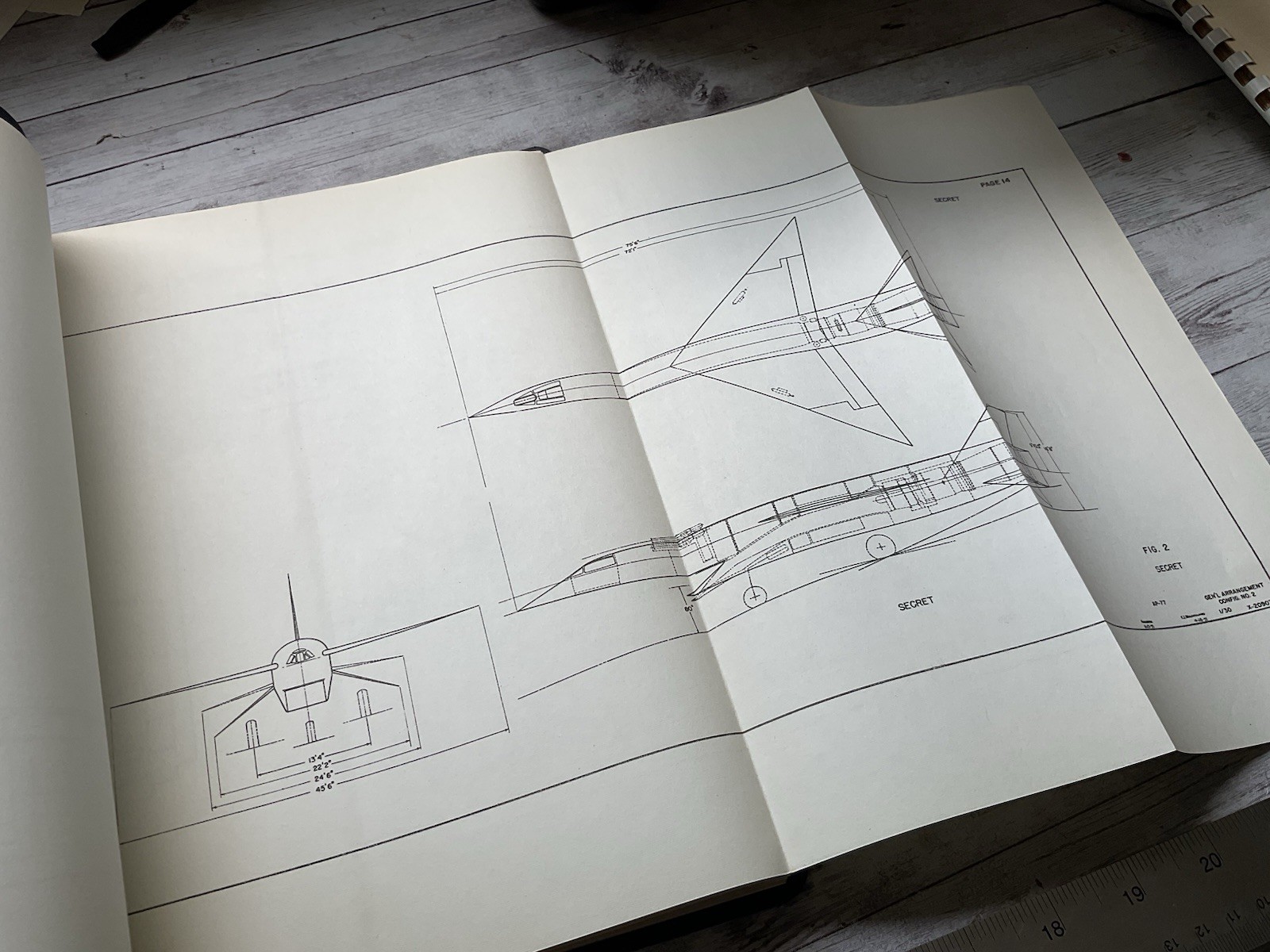The people running present-day Star Trek have tried desperately to tinker with the Trek backstory so that it can be “our” future. But the past as revealed by canon Star Trek, from TOS through TNG, DS9, Voy and Ent, is clearly NOT our future. Fifty years have passed since the advent of TOS, decades which include very different events between Trek-history and IRL history. Similarly, dates and events which were in the future of TNG and DS9 when written and aired have passed without those events occurring in real life. So when did the Trek timeline and ours diverge?
As best as I can recall, the earliest depicted (in on-screen canon Trek) time travel incident on Earth occurred in the first season TOS episode “City on the Edge of Forever.” Here, McCoy goes whacko due to an accidental drug overdose and hops like a madman through The Guardian of Forever, a time portal with an inconvenient user interface. He is sent back to New York City in the year 1930, and while there does *something* that changes the Trek timeline: instead of the Allies winning WWII, the US delays entry and the Nazis win. Kirk and Spock have to go back and change things *back* in order to restore the Trek timeline. They arrive a week or more before McCoy does; in that time Spock discovers that the divergence point in the two timelines is the life or death of one woman, Edith Keeler. If she dies, Trek history plays out. If she lives, the Nazis win. So in the end the focus of the episode is on making sure Keeler dies and the timeline as understood by the Trek characters is restored, thus showing the importance of one individual.
But forgotten in all this: there are *two* deaths in the episode. The first to die is a homeless bum, apparently dubbed “Rodent,” who runs into a raving looney McCoy. McCoy passes out and Rodent rifles his pockets looking for loot, discovers the Docs phaser, and promptly vaporizes himself. Nobody sees this happen; it’s not further noted or discussed. It’s just some random street creature who suddenly vanishes, a not unusual occurrence in any timeline.

But here’s the thing: the death of this man either had no bearing on the Trek timeline… or it *establishes* the Trek timeline. Perhaps this is the moment when timelines diverge. Not between the Allies or the Nazis winning WWII, but between Trek and Our World. Consider: it is implied that McCoy went back and changed history, presumably saving Keeler from a vaguely defined traffic accident. Kirk goes back and prevents McCoy from saving Keeler. So, huzzah. But McCoy going back *caused* Rodents death. If McCoy hadn’t gone back Rodent would not have died, at least not in that way.
So, perhaps this is the divergence. In *our* timeline, which does not result in canon Trek, McCoy doesn’t go back and cause Rodents death. So what’s the importance of this man? It’s difficult to see how one 61-year-old drunken bum can make a difference. But perhaps he has a son in his 30’s, who has a son of about 14. In the Trek timeline, Rodent vanishes from everyones life; in our timeline, he remains. In our timeline, this drunken bum becomes more of a wreck as he gets older; he ends up living with his son, who has to devote time and money to taking care of his increasingly ill father. The grandson lives in poverty, has to work to survive in the Depression, does not get much schooling. Perhaps joins the military in the mid 30’s, has a fair start on a military career… and dies at Pearl Harbor, contributing nothing further to history.
But in the Trek timeline, Grampa Rodent vanishes. He may be missed by his family, but he’s not there to cause disruption or financial distress. The grandson can go to school. Does well. Does *really* well. Perhaps enters the sciences, or perhaps writes influential science fiction. Makes a major impact not just in the United States, but overseas. Sets science ahead by some years in some areas. What evidence do we have of this?
1: Khan Noonian Singh, genetic superman. He and his ilk burst on the scene in the 70s or so, and are running sizable chunks of the planet by the early 90’s. Khan was played by Ricardo Montalban, who was about 45 when he shot his scenes. This would mean that Khan would have been born somewhere from about 1945 to 1955, if one assumes some leeway in the aging. Who would have run such a program at that time? Well… the Nazis are the primary guess. In might seem odd that they’d make an *Indian* superman… but Himmler and his ilk thought that the Indians and the Aryans were closely related. Perhaps the idea was to try out the process on an Almost-Aryan first; when Baby Khan came out ok, they made a bunch of Super Aryan Babies. The other “augments” shown all seemed to be such. The end of the Nazis were clearly not the end of the Augment production program; the research was clearly captured and continued by *somebody.*
2: While Grandbaby Rodent spurred the Nazis to create “supermen,” the US in turn became somewhat more proficient with nukes. In the DS9 episode “Little Green Men,” we find the US setting off an above-ground nuclear test in the Nevada proving grounds in July, 1947. But in reality, the US didn’t set off nukes in Nevada until 1951… and we set off *none* in 1947. We set off one in New Mexico in 1945, two in the Pacific in 1946, three in the Pacific in 1948. Setting off nukes in Nevada in 1947 indicates the US was well ahead in the Trek timeline compared to IRL. Plus there’s the fact that the US government *knows* that aliens, and their technology, exist.
The “Enterprise” episode “Carbon Creek” indicates that Sputnik launched pretty much on schedule in the Trek timeline. But the TOS episode “Assignment: Earth” has the US launching a Saturn V with a nuclear weapons platform from the otherwise fictional “McKinley Rocket Base” in 1968. Not just that, but this is in response to someone else, presumably the Soviets, having done the same thing a few months before, presumably using a successful N-1 launch vehicle. So the use of nukes is far more accepted in the Trek year of 1968 than in the real 1968. And of course the “augments” would relatively soon after that pop up on the scene and start causing worldwide trouble.
In the 1970’s, NASA doesn’t build two Voyager probes. It builds at least *six.*
And a little later in 1986, a series of event around San Francisco would spur DARPA to rapidly advance weapons tech. Chekov leaves a Klingon phaser and communicator (and who knows what else) with Naval Intelligence onboard the aircraft carrier USS Enterprise. Granted the phaser was malfunctioning, and the investigators thought he was some kinda loon, but they would soon start to reverse engineer it. Because at about the same time there would be reports of:
1: A mysterious invisible craft in the park. That helicopter was *not* invisible.
2: Reports, and possibly photos/film/video, from a (Norwegian?) whaling vessel of an invisible spaceship suddenly appearing close overhead. Likely coupled with tracking systems picking up infra red and sonic booms of something hypersonic tear-assing through the air over the ocean.
3: Reports of the *use* of that weird Klingon phaser by people who stole Patient Chekov from the hospital, with clear signs that it was able to rapidly weld a door closed. Patient Chekov, who was seen to have severe brain injuries, was seen by professional neurosurgeons to be healed quickly by the suspects. One of the reported suspects was also reported to have interacted with an elderly patient who miraculously regrew a kidney.
DARPA is gonna be *real* interested in that phaser once they put those stories together. They’re also likely to damn near drain that old lady about dry checking her blood for whatever miracle drug caused her kidney to regrow, with the possibility of making some important discoveries. Similarly, if they put it together, that same suspect from the hospital was also witnessed at a plastics facility… and a whole new area of materials science arises from *that.*
All this before the Eugenics Wars.
Of course, for the Trek timeline to be simply split from ours due to events in the 1930s, this means that right now at this very moment Klingons and Vulcans and such are romping around out there. Unlikely, of course, but not yet disproven.
